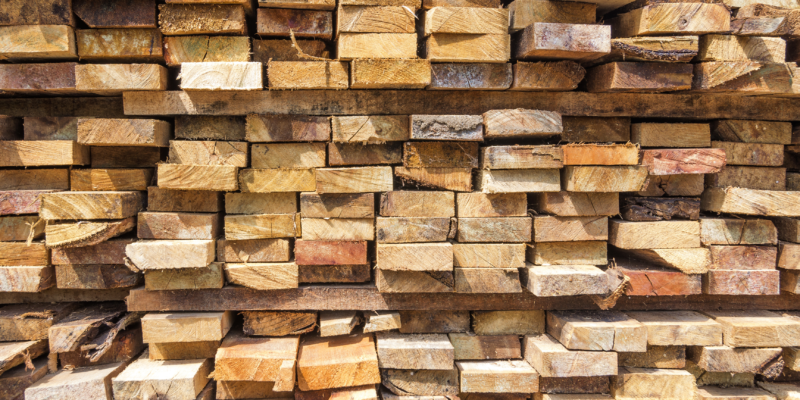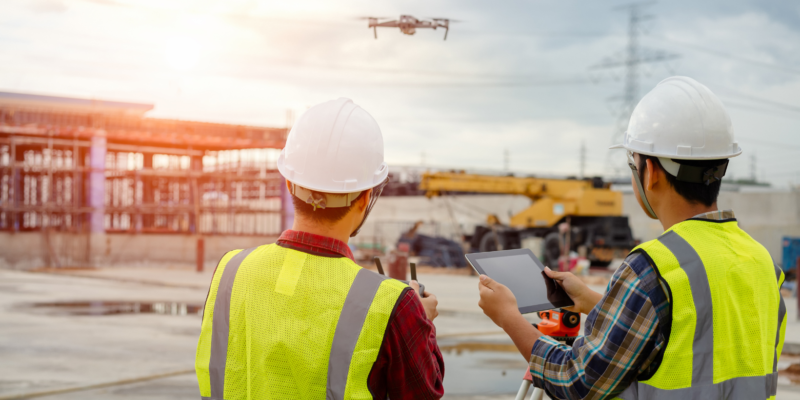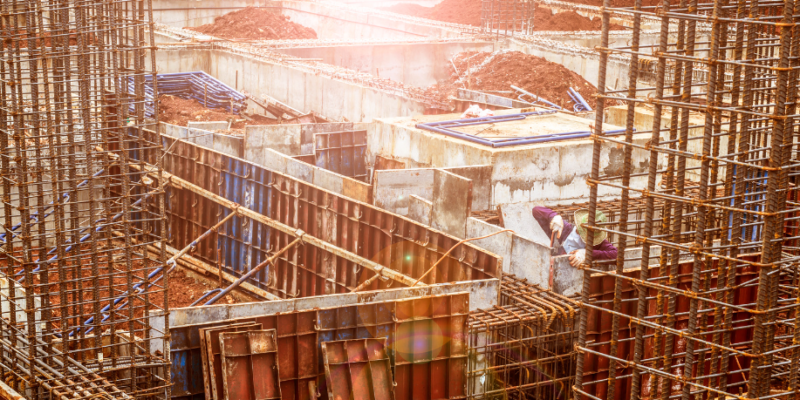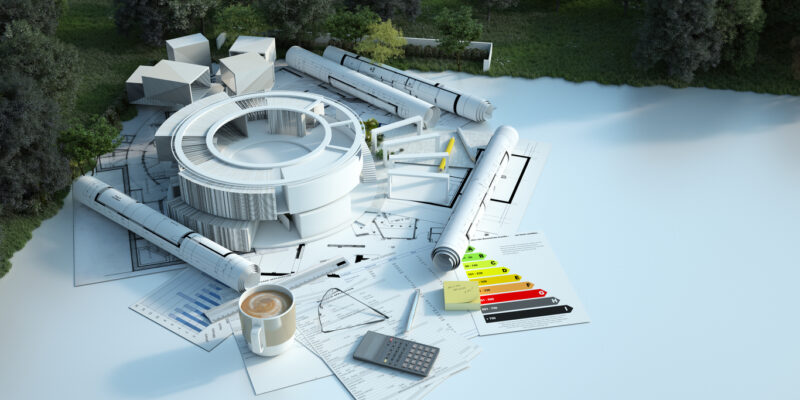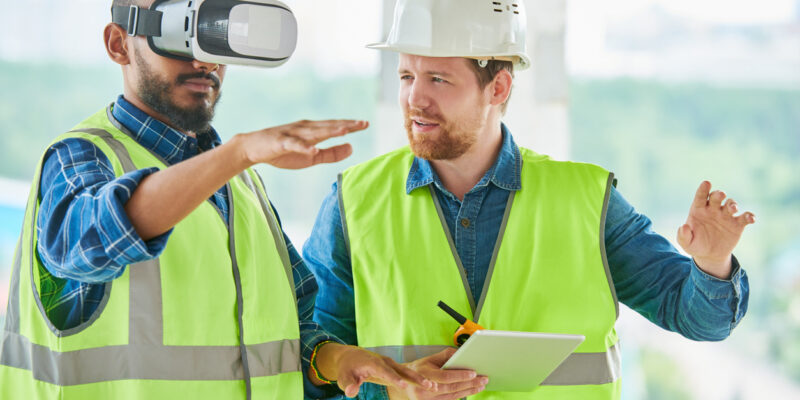Spring is in the air!
For many, that means spending a long weekend with the windows open, cleaning the house, and starting those projects we’ve put off all winter. Construction picks up in the spring and summer, so it’s also a great time to clean up your business and get ready for the busy season ahead.
Here are some helpful tips to get you started:
Clean Up Your Office
Did you know clutter can increase procrastination? Keep motivated by cleaning up your office space. File all your paperwork, complete any half-finished office projects, and get your space organized. If you haven’t already, go paperless. Invest in an organizational system, keep things for immediate use nearby, and put everything else away. It may seem small, but this will do wonders for your overall well being while sending the message to customers that you are organized and ready to take on their project.
Go Over Your Books
It’s April, so you’ve probably been reviewing your books for tax purposes. Since you’re there, now’s a great time to audit your business and see how things are going. Look at last year’s budget. Did you stay on track? Can you expand? Review your vendors: could you be getting materials cheaper from someone else? Are you paying for any services you don’t use? Can you refinance or pay off any loans? This is also a great time to look at your workflow and see if there are opportunities to make it more efficient.
Inspect Your Equipment
Is all of your equipment in working order? This is a great time to do maintenance on your equipment to ensure it’s in top shape before you begin the busiest time of year. This is also a chance to research new equipment, technology and tools to keep your team safe and productive for years to come. Exploring equipment rental with Steadfast Entities is one way you can use the most up-to-date, industry-proven tools and equipment for modern solutions and smart construction.
Practice Smart Marketing
The construction industry is competitive, and with increasing material prices and labor shortages, you’ll need to make sure you’re marketing yourself to both potential employees and new clients. Keep your pay and benefits competitive to attract top-tier talent. Review your marketing strategy and main sources of clients to see what’s working and what isn’t. Stay active on social media, explore more networking, and update your marketing materials (including your website) so that others know what to expect. Recommendation via word of mouth is still very common in this industry, so make sure your customers leave happy and can give their friends and associates exceptional reviews of your business.
Give Back
Now more than ever, customers want to support businesses that are socially responsible and give back to their community. Whether you do repairs for a local shelter, organize a food drive, or sponsor a local team, you’ll be noticed for supporting the causes that make our communities great. Plus, giving back is a great way to build team morale, meaning you’ll have happier employees who will work better together.
We hope you are gearing up for a productive spring! And remember, if you need the highest quality equipment and best trained staff, you don’t have to look any further than Steadfast. We’re here to help you do smarter construction, when and where you need it.


